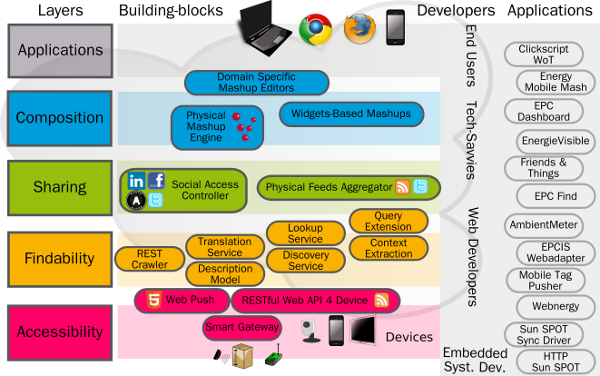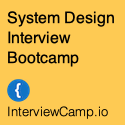
Robert Scoble is a kind of Brothers Grimm for the digital age. Instead of inspired romantics walking around the country side collecting the folk tales of past ages, he is an inspired technologist documenting the current mythology of startups.
One of the developments Robert is exploring is the rise of the contextual age. Where every bit of information about you is continually being prodded, pulled, and observed, shoveled into a great learning machine, and turned into a fully actionable knowledge graph of context. A digital identity more real to software than your physical body ever was.
Sinner or saviour, the Age of Context has interesting implications for startups. It raises the entrance bar to dizzying heights. Much of the reason companies are tearing down the Golden Age of the Web, one open protocol at a time, is to create a walled garden of monopolized information.
To operate in this world you will have to somehow create a walled garden of your own. And it will be a damn big garden. So you must scale. Facebook and Google have an insane number of servers. Then you must gather to yourself the people capable of running these servers, creating the applications and cutting edge devices that tease out the data, store the data, learn from the data, and create a market for the data. A serious capital and technological barrier to entry.
It's popular to say don't worry about scaling until you need to. It's a wonderful problem to have, etc. A curious aspect of these new contextual systems, Robert noticed, is that they need to plan on scale from the start. Not only must the infrastructure scale to gather and process context and turn it into smart data, the cost of each new customer is now huge.
One of the upsides of your typical software service is new customers are incrementally cheap to service, so they are highly profitable. The data is typically dead. It just sits in inexpensive storage and comes alive on demand, only when a user needs it. Economies of scale are your friend.
In the contextual age economies of scale are not your friend...
Click to read more ...
 Thursday, April 4, 2013 at 9:25AM
Thursday, April 4, 2013 at 9:25AM 



















